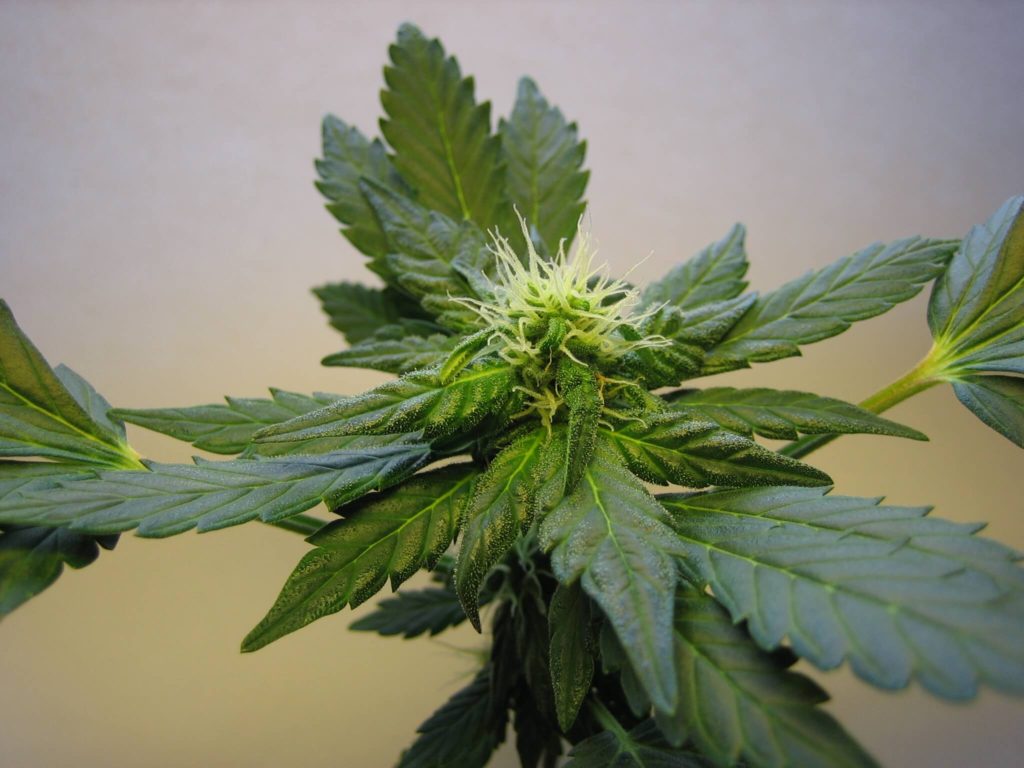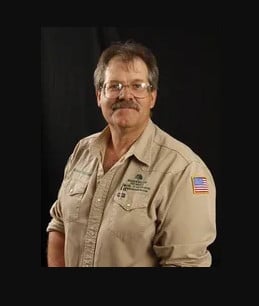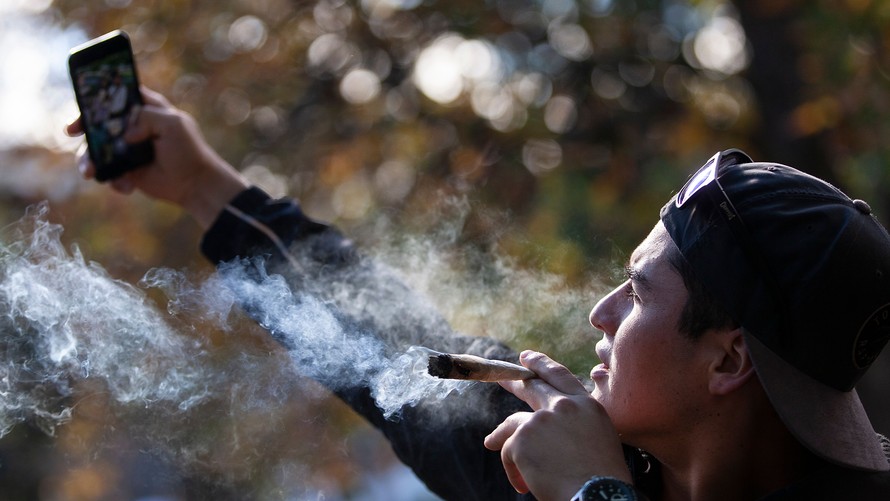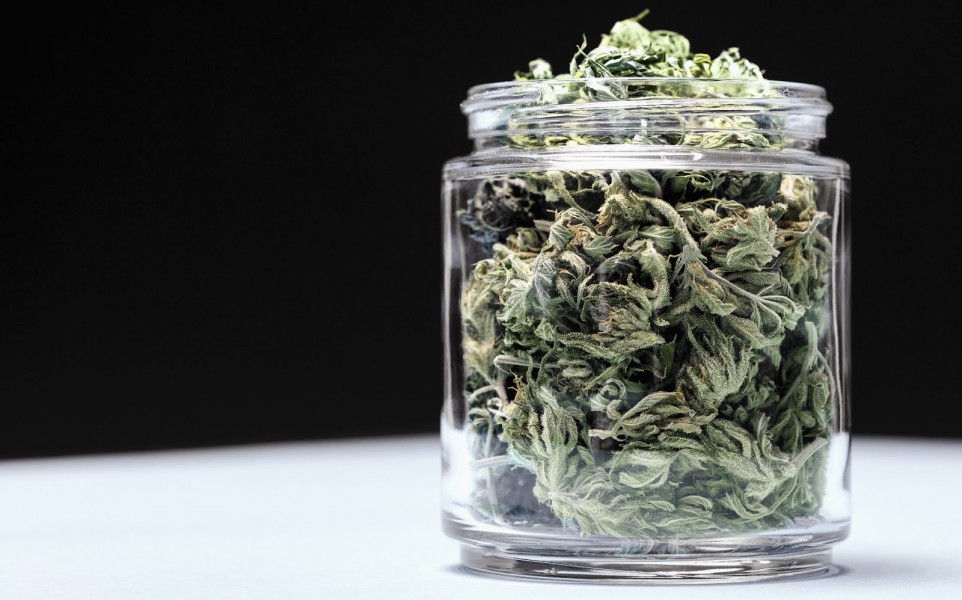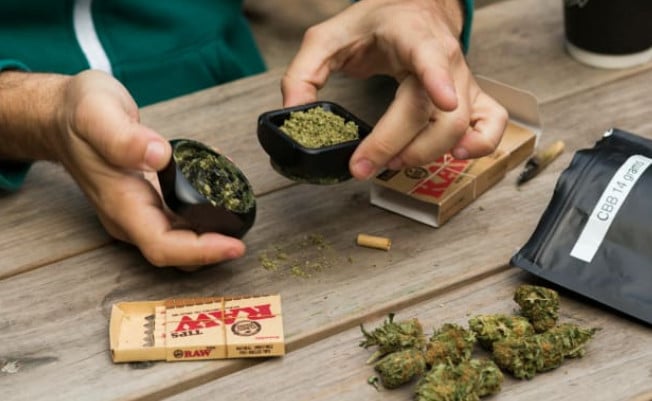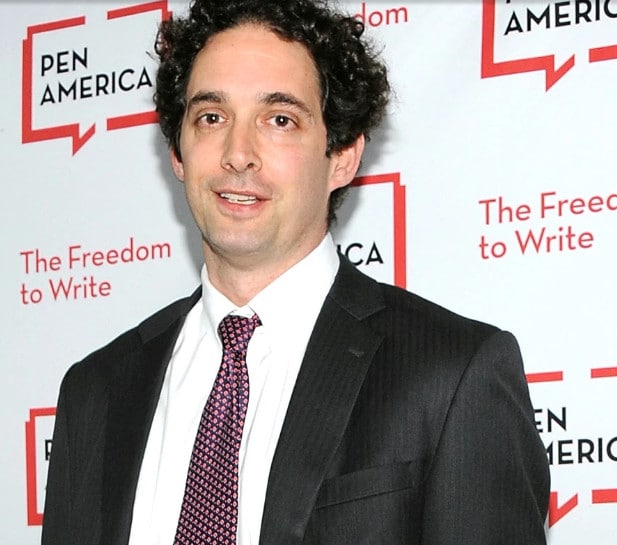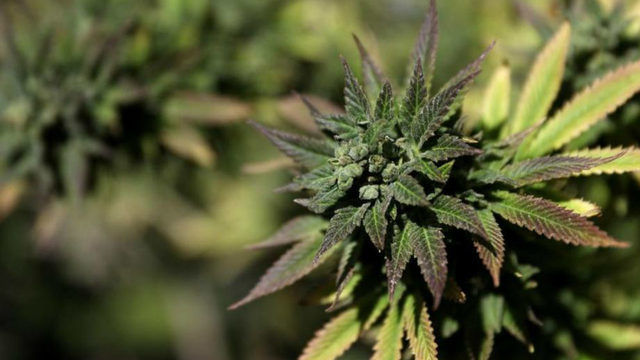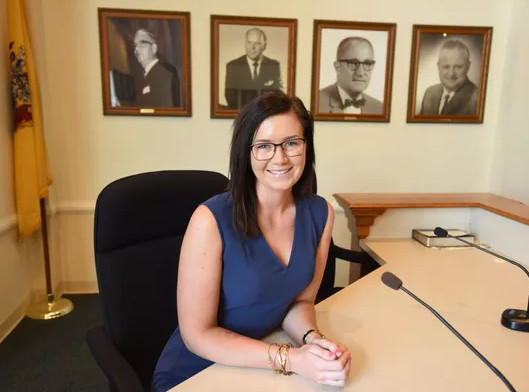While noxious weeds pose a significant economic threat to agriculture, their impact is not limited to ranches and farms.
Four questions about the vote to renew the Wallowa County Weed Levy.
Q. I live in a city, not on a farm. Why should I have to pay for weed abatement on an agricultural property? What is my return on investment as a city-dweller?
A. While noxious weeds pose a significant economic threat to agriculture, their impact is not limited to ranches and farms. Homeowners in Enterprise fight spiny bur buttercup in their driveways and gardens; hikers pull thorny puncture vine seeds out of their shoes after leaving their favorite trails; and hunters and wildlife enthusiasts notice mule deer habitat change from productive grass to expanses of unpalatable knapweed. As a city-dweller, your return on investment is a healthier economy, improved food security, better places to recreate and more abundant wildlife.
Q. What sort of money does the weed abatement program receive from the state of Oregon? If this is such vital work, it would seem obvious that the state would be willing to contribute, just as they are now doing for what was the Wallowa County Health Department.
A. This year the state awarded $1.8 million to weed control projects. These are lottery dollars distributed by the Oregon State Weed Board through a competitive process, requiring each funded project to provide 25 percent “matching funds” to go along with the state money. To be funded, weed control projects must address priorities strategies such as protecting agriculture, water quality, fisheries, or wildlife habitat. In 2017, the Wallowa County Vegetation Department was able to apply for both state and federal funds to increase the County’s noxious weed budget to $248,000.
Q. What amount of time, energy and funding is spent on weeds that can never be eliminated because of their sheer numbers and weeds that could possibly be eliminated at some point? Who makes this determination?
A. The idea that “an ounce of prevention is worth a pound of cure” is important in managing noxious weeds. Treating weeds that may be eliminated is critical, but it is even more important to keep a weed from getting established in the first place. Land mangers across the county work together to keep established infestations from spreading to other areas. These “containment areas” are managed cooperatively by the county, state, and federal governments and private landowners. The final decision about how much effort to put towards an infestation is the decision of the landowner, but there is significant communication and coordination between the people fighting weeds in Wallowa County.
4. Explain the “cost-share” between the county and landowners that is part of the weed abatement program? Is such a direct subsidy common across Oregon?
A. The cost-share program reimburses landowners for 50 percent of equipment, materials or labor used in treated noxious weeds on private lands within Wallowa County. We have a $1,000 cap on total expenses (meaning we reimburse up to $500 per landowner, per fiscal year). However, in certain cases where the severity of the infestation warrants, and where landowners have proven or pledged sustained annual commitment, we are willing to forgo that cap. All counties with a weed control district in the state of Oregon are required to provide a cost-share assistance program. In addition to this cost-share directly covered by weed levy funds, there are numerous other “special” cost-share programs that are weed and location specific.
Credit: wallowa.com


